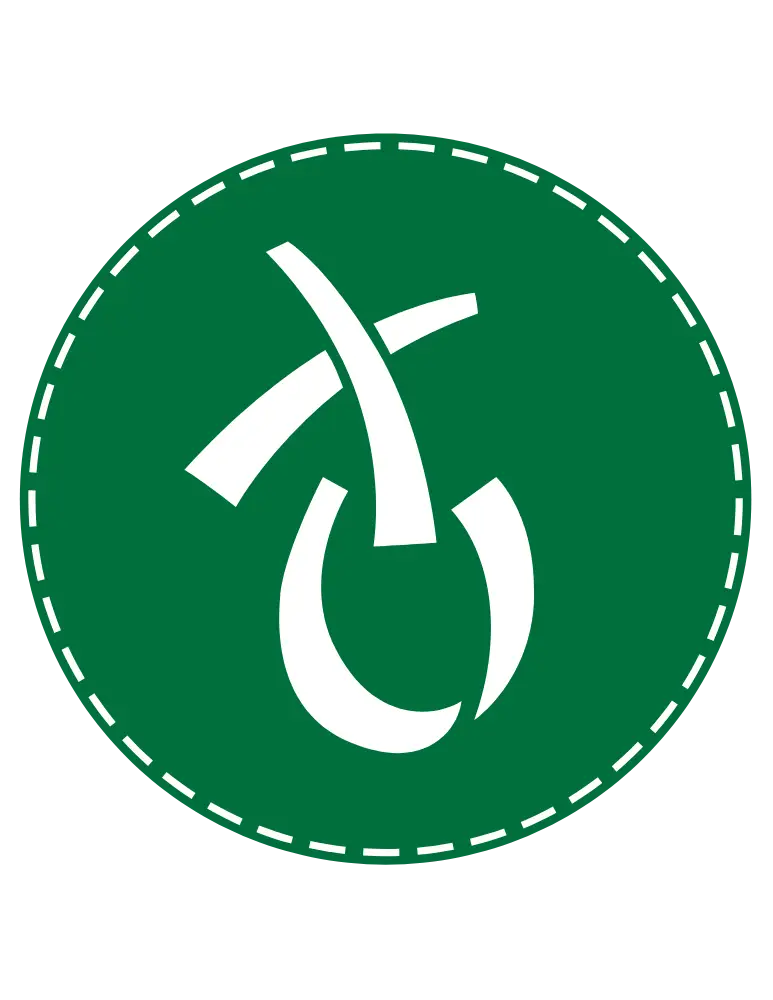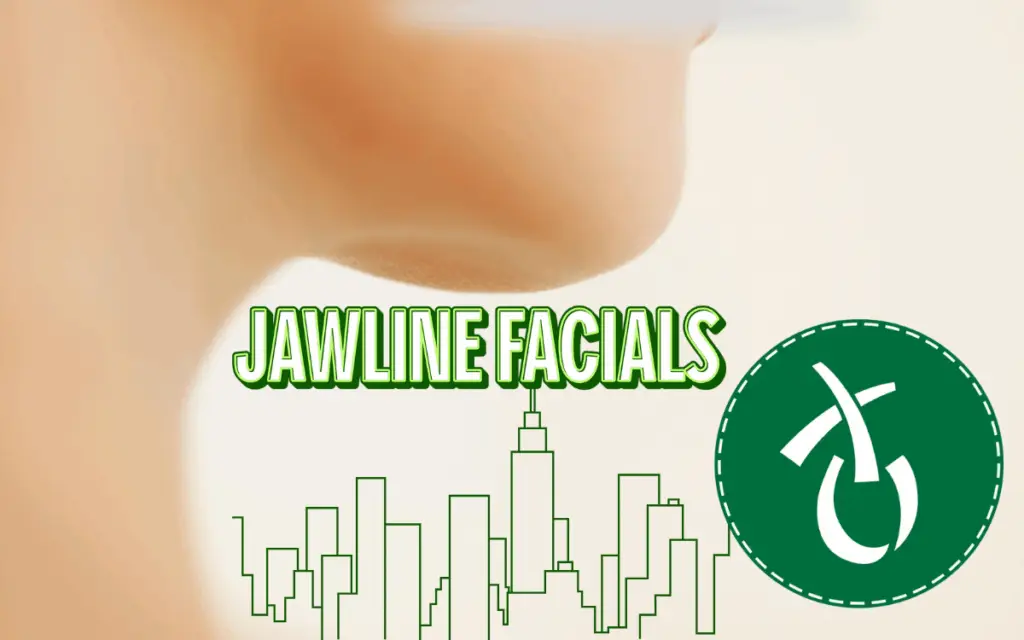What “jawline work” actually means
A jawline doesn’t blur only because of age. Three fixable factors change how it presents:
-
Fluid gathers under the chin and along the jaw, softening edges.
-
Muscle tone from clenching (masseter/temporalis) bulks or drags tissues.
-
Tissue glide (fascia) gets “sticky,” so skin doesn’t sit cleanly on the border of the mandible.
Our protocol targets all three—nothing more, nothing less.
The protocol (NYC, hands-only—no devices)
-
Neck-first lymphatic drainage (light, skin-level): opens exit paths so facial fluid has somewhere to go. This reduces under-chin fullness and brings angles back into view.
-
Sculpting strokes along the mandible (chin → jaw angle → ear): repeated, directional strokes mobilize fluid and restore soft-tissue glide where it matters for contour.
-
Myofascial release for the jaw and temples: calms overactive elevators (masseter/temporalis) that make the lower face look wide or tense.
-
Optional buccal (gloved, brief): inside-mouth release of internal trigger points for stubborn clench patterns; offered if it matches your needs and comfort.
-
Optional feather-light glide cupping: moving cups only, low suction, used selectively to support circulation; skipped if you bruise easily or simply prefer not to use cups.
Where this sits in our approach: these steps are part of our XU Natural Facial methodology for Xu natural facial rejuvenation—a precise, noninvasive path focused on jawline definition rather than devices.
Who benefits (and why)
-
Morning puffiness / end-of-day softness: lymphatic work moves fluid off the border so the jaw reads cleaner.
-
Clenching or TMJ-type tension: muscle tone drops; the lower face looks less “square.” (See also: TMJ facial massage NYC.)
-
Early laxity: fascia glide improves, so the outline holds better between sessions.
-
Pre-event needs: fast, camera-safe results with no downtime (Pre-event facial NYC).
What you’ll feel and see
-
Same day: less puff under the chin; jaw feels “quieter”; skin looks more awake from better circulation (Depuffing facial NYC).
-
Next morning: fluid settles; angles often look their best.
-
Short series (4–6 visits, weekly or every other week): definition holds longer as muscles learn a calmer baseline and tissues glide more easily.
-
Maintenance (usually monthly): keeps results stable through stress cycles.
Timing that works in real life
-
Pre-event: same day or the day before.
-
Series: 4–6 visits create momentum you can keep.
-
After injectables: if you’ve had filler placed along the jaw/chin, give it ~2 weeks before deep work; tell us what you’ve had and when.
-
Workday-safe: no downtime; makeup is fine the same day.
How this differs from device or “facelift” language
This is not heat-based tightening or surgery. It is targeted manual change in fluid, muscle tone, and glide. Clients sometimes call it a noninvasive facelift facial; we don’t. It won’t change bone or pull skin tight like a surgical lift. It makes your jawline read more clearly by removing what obscures it.
Safety and modifications
-
We omit buccal or cups if you prefer, bruise easily, or don’t need them.
-
We reschedule or modify for open lesions/cold sores, recent dental surgery, fever/swollen nodes, or strong blood thinners.
-
Pressure, sequence, and steps are tailored to your skin and comfort at every visit.
How to know it’s working (beyond the mirror)
-
Evening photos look closer to your morning photos.
-
Teeth rest apart more often without effort.
-
Less need for “rescue” icing/rolling.
-
Makeup sits cleaner along the jaw and under-chin.
At-home habits that extend results
-
Neck-to-ear strokes (feather-light) when cleansing or moisturizing—always open the neck first.
-
Clench hygiene: tongue to palate, teeth apart, lips together during the day.
-
Sleep slightly elevated; hydrate; keep salt moderate the day before and of your session.
Choosing the right service in NYC (quick map)
If you’re comparing options in the city: Jawline facial NYC, Sculpting facial NYC, Buccal facial NYC, Facial massage NYC, Lymphatic drainage facial NYC, Facial cupping NYC, Myofascial release facial NYC—all describe pieces of the same goal: a jawline that reads cleanly in real light. Our work is the hands-only combination of those pieces, applied only where they change the jawline.
Bottom line
Jawlines get lost for reasons you can change: fluid, tension, and glide. A focused, hands-only protocol fixes those directly—no devices, no downtime. Start with one visit; if your jaw feels calmer and your outline reads cleaner, book a short series to make it stick.


